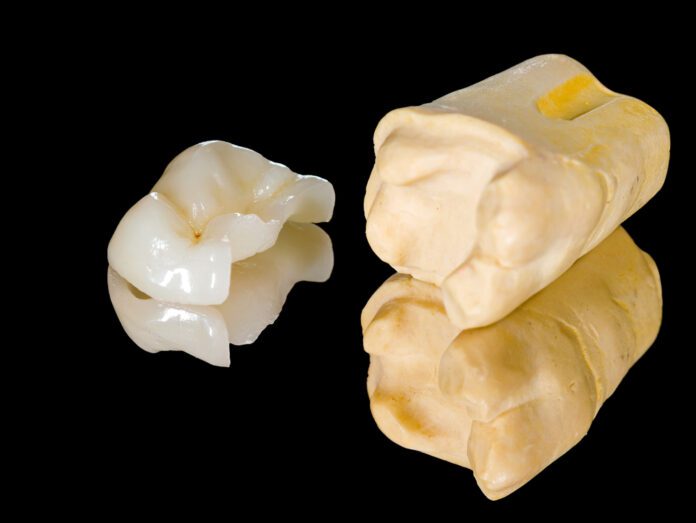Overview Of Porcelain Inlays
Porcelain inlays and onlays are restorations a dentist places on the chewing surfaces of the back teeth. They are also known as tooth-colored inlays.
Inlays fit within the confines of the teeth, while an onlay covers the entire chewing surface of a tooth. They are typically either plastic resin or porcelain.
The procedure involves the removal of old filling or decayed tooth structure, preparing the tooth cavity and taking an impression of the cavity for a custom-fit inlay or onlay. A couple of visits are generally necessary to complete treatment.
Porcelain inlays are somewhat similar to fillings, but the scope of work lies within the cusps on the chewing surface of the tooth. Onlays are more extensive than inlays. They cover one or more cusps and are sometimes called partial crowns. Overlays also extend outwards from onlays.
Inlays, onlays, and overlays normally repair damage on portions of teeth that are too large for composite resin fillings. In these cases, the damage does not require a dental crown.
Benefits Of Porcelain Inlays And Dental Onlays
- Increase the strength of a tooth
- Porcelain inlays or onlays maintain color over time
- Alternative to a crown following limited damage to teeth
- Gives a better esthetic appearance
Types Of Dental Inlays And Dental Onlays
Inlay and onlays can be made of porcelain, glass ionomer, or gold. Porcelain inlays mimic enamel’s color and translucency, making them attractive choices. Gold alloy inlays and onlays have better durability.
Procedure For Porcelain Inlays And Dental Onlays Treatment
1. First evaluation and inlays/onlays tooth preparation includes:
- Reshaping the natural tooth to receive the new inlay/ onlay
- Taking records to determine the length, color, and shape of inlay/onlay
- Taking an impression for a replica model of teeth
- Sending the model to a lab for fabrication of inlay or onlay
- Temporarily covering the preparation site
2. Fitting of the porcelain inlays/onlays on delivery includes:
- Removing the temporary filling
- Fitting the inlay/onlay and cementing it into place on the teeth
- A quality assurance check for possible re-adjustments of the inlay/onlay dental crowns
3. Care of inlay/onlay
- Brush and floss your teeth as recommended by your dentist
Recovery Expectations
There should be little or no sensitivity in teeth following a procedure for porcelain inlays or onlays.
Care For Dental Inlays And Onlays
Follow good oral hygiene practices like:
- Brushing at least twice a day.
- Rinsing mouth with fluoride rinse before bed. Rinse vigorously for at least one minute. Do not swallow any of the rinses and do not eat or drink for 30 minutes
- Avoid chewing toffees, grainy rolls, gum, and tough food in this area
- Ensure regular professional check-ups and cleanings



